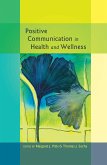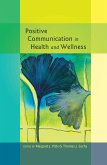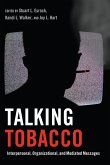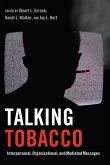While health care at the end of life is changing, the language for talking about treatment options and patient preferences around the end of life is taking longer to change. This book carefully details the way language shapes decisions around end-of-life care. Using ethnographic research from two sites that offer emergency care and end-of-life care - a hospice and an emergency department - the author illustrates common themes around language use that serve as microcosms of the larger healthcare system in the United States. The sites have different purposes for providing care, yet the themes from both serve as guidance and reflection for other areas of caregiving.
The language used to talk about death holds consequences and opportunities for understanding and making decisions about care practices. This book uses personal stories and perspectives from patients, family members, and medical workers to paint a picture of some of the issues and tensions individuals and caregivers face. With an aging population - one that represents a major public health challenge in the twenty-first century - Carey Candrian argues that examining the care we provide for individuals, especially aging individuals, is fundamental to creating a developed, ethical, and engaged society.
The language used to talk about death holds consequences and opportunities for understanding and making decisions about care practices. This book uses personal stories and perspectives from patients, family members, and medical workers to paint a picture of some of the issues and tensions individuals and caregivers face. With an aging population - one that represents a major public health challenge in the twenty-first century - Carey Candrian argues that examining the care we provide for individuals, especially aging individuals, is fundamental to creating a developed, ethical, and engaged society.








